In fact, these 'others' had been appearing in Leeds for some time. In 1791, the famous African writer Olaudah Equiano visited Leeds while promoting sales of his influential autobiography, and he later wrote a letter to the Leeds Mercury under his adopted name, Gustavas Vassa. In December 1859, Frederick Douglass delivered a speech in Leeds Town Hall at a meeting of the Leeds Anti-Slavery Society, and the third edition of his autobiography was actually printed in Leeds. And later still, in 1901, the black composer Samuel Coleridge-Taylor composed a choral cantata for the Leeds Triennial Music Festival. However, aside from these visitors, there is precious little evidence of a significant black presence prior to the Second World War. The occasional individual does turn up in the records, such as Abraham Johnson, who was born in Zanzibar in 1848 and who, during the second half of the nineteenth century, worked for a while at John Marshall's Flax Mill in Leeds. Or Pablo Fanque, a black man who owned and operated a circus in late Victorian England, and who is buried in Leeds. The small pre-Second World War black population in Leeds consisted almost entirely of domestic servants, theatrical performers, or industrial workers, and they existed as isolated individuals in an otherwise homogeneous white society.
After the Second World War many 'demobbed' colonial soldiers, aircrew, and seaman from Africa and the Caribbean 'stayed on' in some English cities. In 1945 the black population of Leeds largely consisted of such persons but, in common with the rest of the country, the numbers were negligible. However, by the mid-fifties the nation had begun a programme of massive recruitment of Caribbean labour in order that the post-Second World War infrastructure of Britain might be maintained, particularly in health and transport. As a result, dark strangers began to appear in far greater numbers on the streets of Leeds. According to the 1951 census, there were 107 West Indians and 45 Africans living in the city. Ten years later, in 1961, there were 2,186 West Indians and Africans, which included carpenters, masons, tailors, mechanics, painters, and electricians. These newcomers of African origin were visible and vulnerable on the streets of Leeds, but they no longer needed to think of themselves as being isolated. A community was being formed.
Chapeltown's history is written into its architecture. Its huge semi-detached and terraced houses, built for the prosperous, Christian new middle classes in the early 1900s, its two parks and its wide, tree-lined streets are now interspersed with buildings which were once synagogues, and Asian-owned mini-markets selling the produce of the world. Halfway up Chapeltown Road there's a wall which, throughout the seventies, bore the inscription REMEMBER OLUWALE in huge white letters. Near that wall there's an ugly vacant lot which, until recently, was the site of the elegant country club built in the twenties for those prosperous Christians. The club became Chapeltown's most notorious pub. White Leeds imagined that inside the Hayfield every type of black sinner was making mischief. A curious corollary of this fantasy was that the Hayfield became a kind of 'black space', where whites only entered if they accepted the rules laid down by the black men who played dominoes, drank, sold a little weed and checked the ladies. Since these rules were easy to accept — mutual respect and toleration, whatever status the outside world conferred upon you — lots of adventurous whites found themselves at home there. It's said that David Oluwale frequented a similar place in Chapeltown, a nightclub called, in his day, the Glass Bucket, but I'm pretty certain the early evening would have found him in the Hayfield. The Hayfield was erased from the map around 2004 — yet another sign of the city's inability to deal properly with its black citizens.
Dr Max Farrar, Leeds Metropolitan University, 2006 The Chapeltown Enterprise Centre stands at the bottom of Button Hill. The centre features the Best Fade Unisex Salon. Across the road is the Silver Tree Club which, these days, is a bricked-up, burned-out building. Chapeltown has changed. Chapeltown no longer boasts good manners. It is becoming derelict and infested with drug dealers. Garbage lies piled up in the streets, and there is a paucity of civic pride. Modern Chapeltown is home to a lost generation. A young woman shouts at me. 'Hey you, black man.' Her voice is raw and flat. A broad Yorkshire voice. As she crosses the street and walks toward me I can see that she is swathed in a big black coat. 'Hey you, black man.' Her eyes are wet with drugs, and she promises me that she will do anything. 'Black man.' I quicken my steps. I glance back at the Best Fade Unisex Salon. I want to tell the people in the enterprise centre that they are right to try, but they should look around themselves. There is no real enterprise. No real business, beyond survival, in this faded Chapeltown. And across the street, where the Hayfield pub would have stood, there is now nothing. Nothing at all. It is gone. (Like you, David. Gone.) The bottom of Button Hill is empty.
The dark 'others' began to arrive in Leeds in the fifties. But what kind of a city was this that expected these newcomers to live like animals in abandoned bombed-out slums? The emigrants had heard rumours that the English often set fires in their houses, but until they reached England and felt the sharp bite of their first winter they did not fully understand. But they soon learned. However, what they never learned to understand, or accept, was the racism which confined them to filthy rooms. Landlords, including Leeds City Council, seemed intent upon extracting money from them in exchange for rooms in which it was barely possible to turn around; rooms which one had to share with mice and fleas and rats, where water ran down the walls when it rained, and thereafter snails crawled up them; rooms where the nearest bathroom was your handbasin, and your one toilet bowl was in the next street and had to be shared with 200 others. The mother country was welcoming her citizens at the front door, and then quickly ushering them out through the back door crying, 'No Blacks', crying, 'No Coloureds', crying, 'Go back to where you come from'. And David heard these shouts, but he wanted an education in order that he might make something of himself in England, and so he redoubled his polite efforts to learn. He worked harder, and studied harder, but still they took him to Armley jail, and then on to the asylum where they changed his personality. And when they released him back into the world, David soon discovered that he had lost his damp, cold room at 209 Belle Vue Road. Even this dismal place had slipped through his fingers, but he still possessed his city of Leeds on the banks of the River Aire. David still had his city.
I have to say that by the later stages I believe some fatalism had begun to creep into David's spirit. He expected to be arrested, so he didn't bother to try and hide. He just kept going back to the heart of the city centre and staying there where he knew that he would be very visible. It was as though he was challenging them to remove him from the city. They would beat him and arrest him, but his attitude was clear: 'I'll just do what I want to do and I won't disappear. I won't be invisible.' It was all very rational to him. He knew the consequences, but he continued to defy people. As I said, he could have slept every night in the back of his Ghanaian friend's warehouse if he'd have wanted to. He could have had a flat, or he could have been safe and invisible in different parts of the city, but he didn't want to disappear. He wanted to be seen, and Leeds was his battleground — his home — and he wasn't going to leave his home. In the later stages he sometimes gave the outward signs of being a shambling, slow-witted, slow-walking man, but he always knew where he was going. He knew Meanwood, Hyde Park, and Chapeltown; he understood the streets. He knew the safe areas, but he also knew that if he took Step A then Step B would follow. He made a rational decision to take Step A, which was to go back into Leeds city centre and claim his right to be in the city. Step B was to be beaten, arrested and then carted off to Armley jail. First Step A and then Step B, but he wouldn't give up. During this time there was, to my memory, no other black person from Africa or the Caribbean who was homeless and on the street. In the sixties, David was the only black man sleeping rough on the streets of Leeds.
Читать дальше
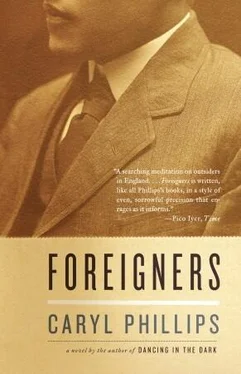
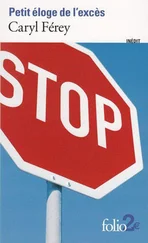
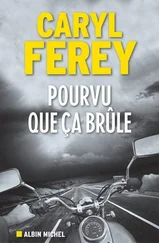
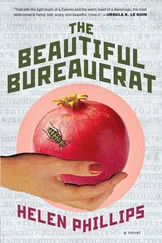
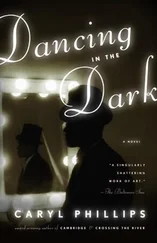

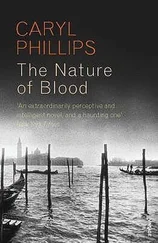
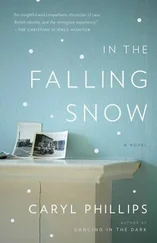

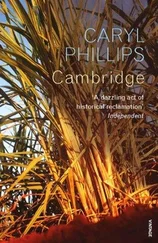
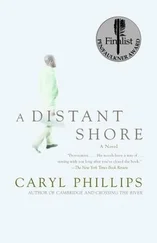
![Unknown - [Carly Phillips] The Bachelor (The Chandler Brothe(Bookos.org) (1)](/books/174132/unknown-carly-phillips-the-bachelor-the-chandle-thumb.webp)
